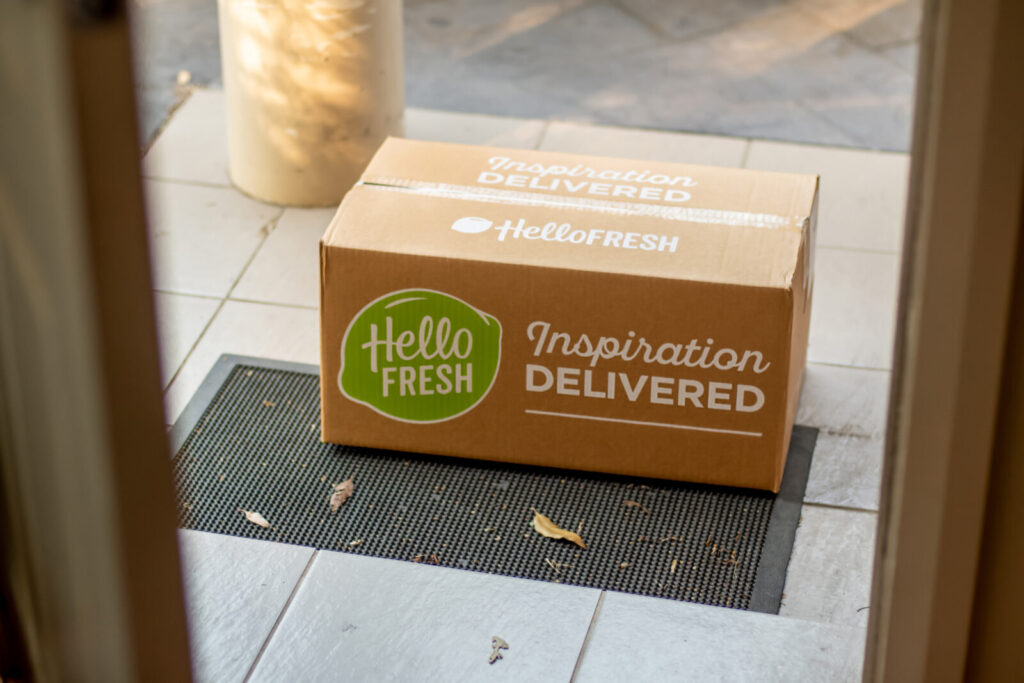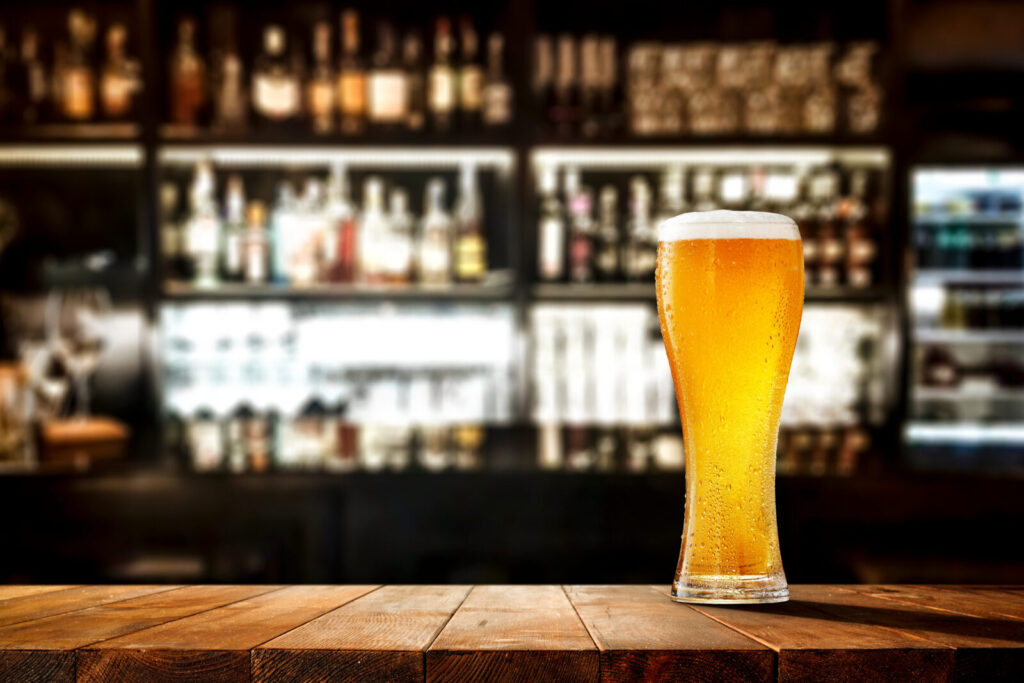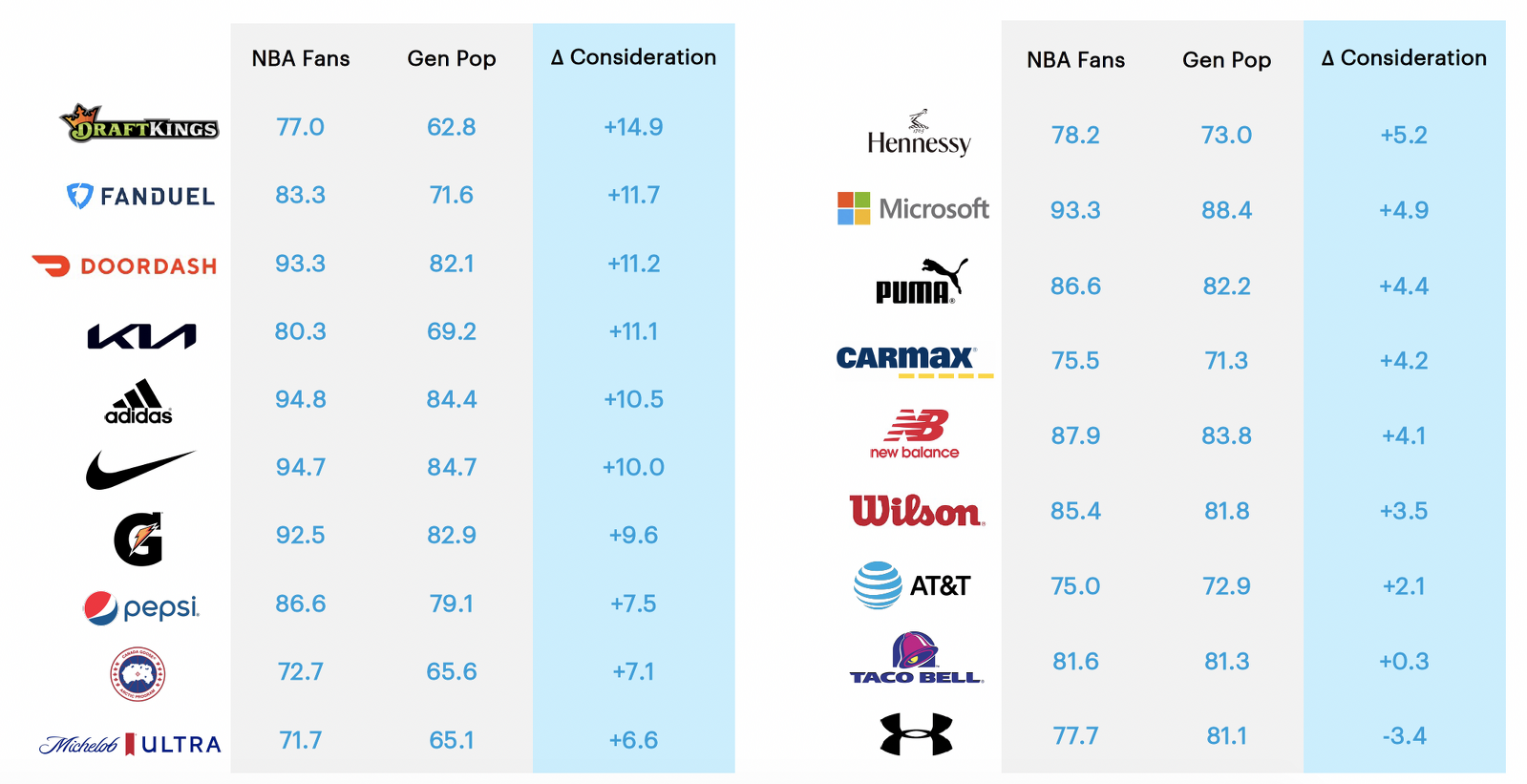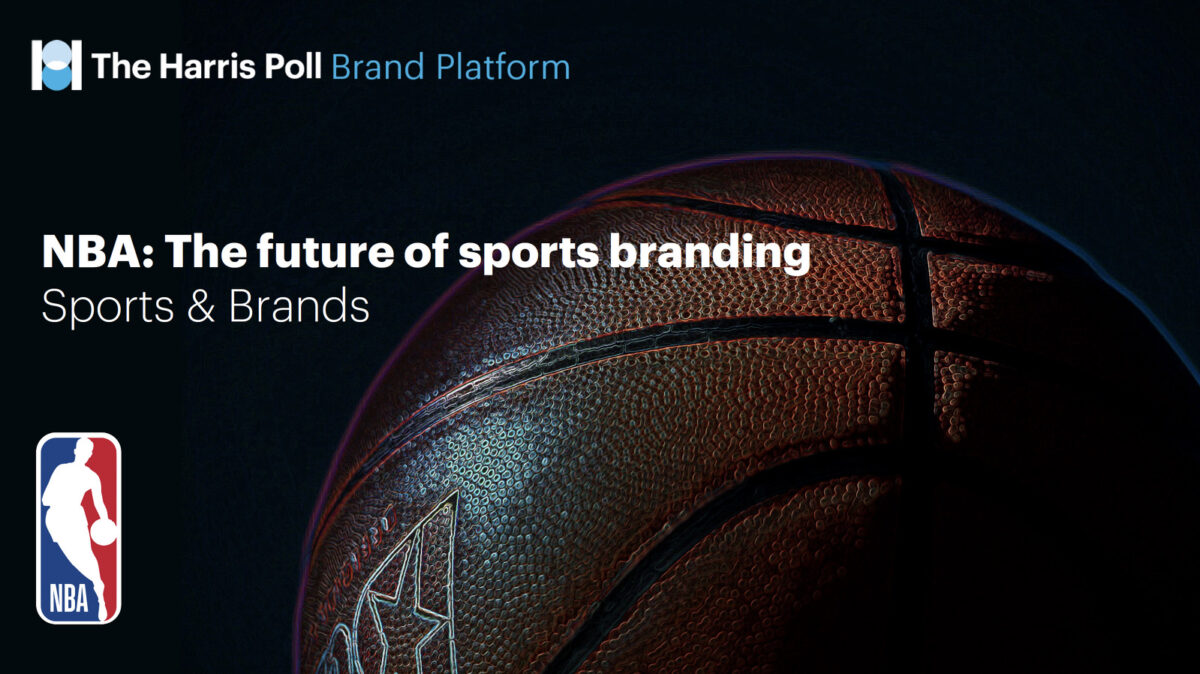Methodology
The brand index was determined by measuring the change in consideration between NBA fans and the U.S. general population during the beginning and end of the data collection period. Brand equity data for this report, including the values for the Consideration metric, were collected from March 23, 2021, to April 15, 2021, using QuestBrand.
Additional consumer insights used in cross-analysis were derived from a survey conducted online within the United States from March 30, 2021, to March 31, 2021, among 1,088 adults (aged 18 and over) by The Harris Poll. Figures for age, sex, race/ethnicity, education, region and household income were weighted where necessary to bring them into line with their actual proportions in the population. Propensity score weighting was used to adjust for respondents’ propensity to be online.
All sample surveys and polls, whether they use probability sampling, are subject to multiple sources of error which are most often not possible to quantify or estimate, including sampling error, coverage error, error associated with nonresponse, error associated with question wording and response options, and post-survey weighting and adjustments. Therefore, the words “margin of error” are avoided as they are misleading. All that can be calculated are different possible sampling errors with different probabilities for pure, unweighted, random samples with 100% response rates. These are only theoretical because no published polls come close to this ideal.
Respondents for this survey were selected from among those who have agreed to participate in our surveys. The data have been weighted to reflect the composition of the adult population of each metropolitan area. Because the sample is based on those who agreed to participate in the online panel, no estimates of theoretical sampling error can be calculated.
Responses for both brand index and consumer insights studies were tested for statistical significance using a Z-test with a confidence level of 95% and a Z-test with a confidence level of 90%.










